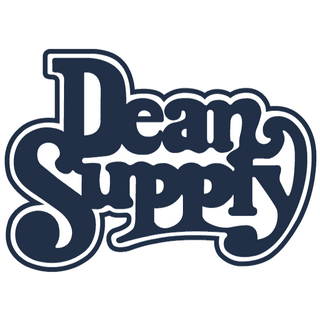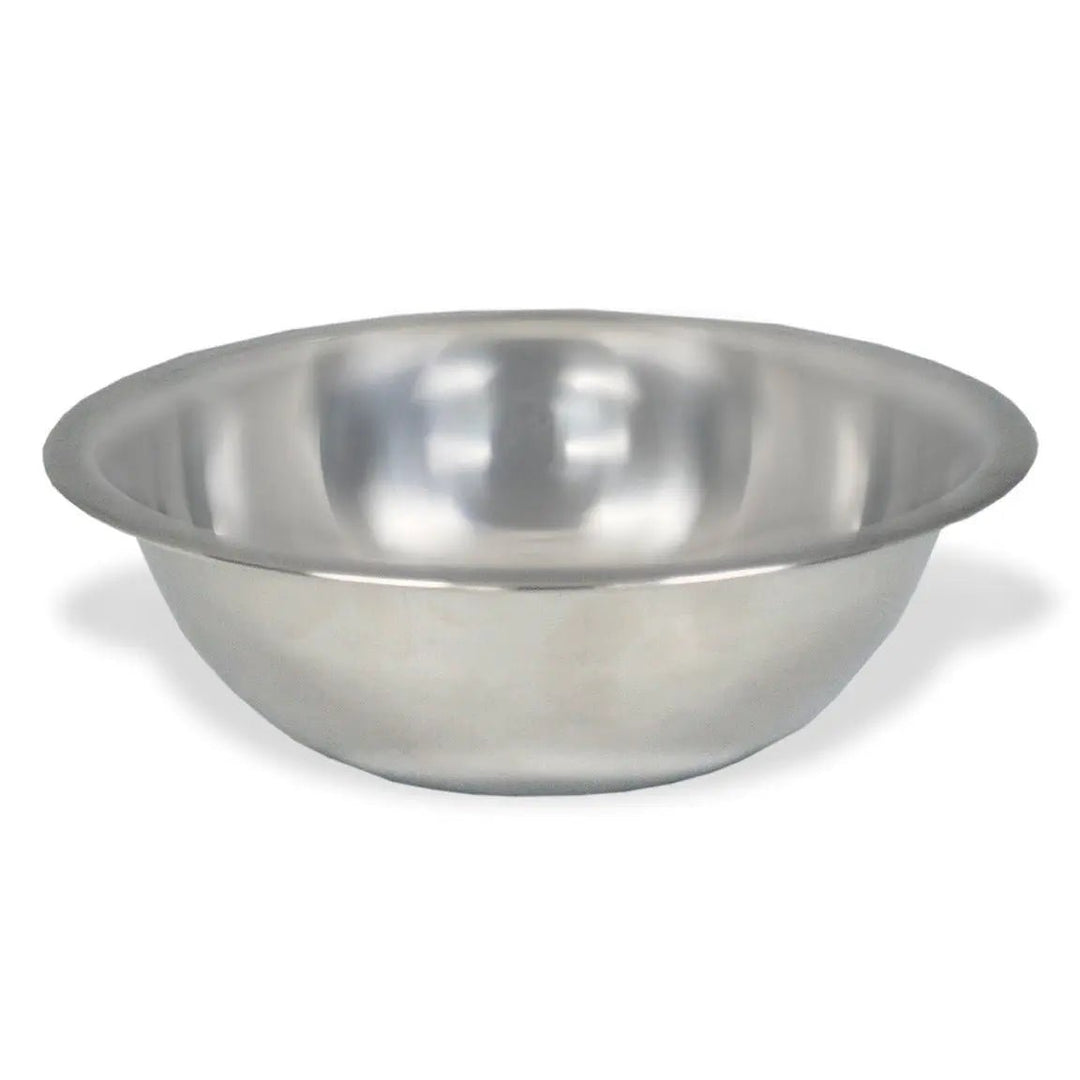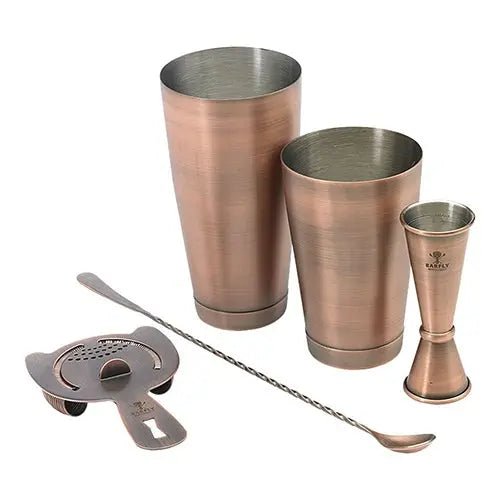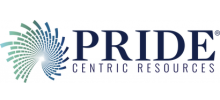Use Color Coding for Food Safety
In the bustling world of commercial food service, maintaining impeccable food safety standards is paramount. For individuals with food allergies or sensitivities, cross-contamination can have severe consequences. Color-coded kitchen tools have emerged as a smart and efficient solution, streamlining operations while safeguarding both business owners and patrons. These tools offer an organized approach that minimizes cross-contamination risks and maximizes efficiency.
Color-coded kitchen tools assign specific hues to different food categories. This approach helps prevent cross-contamination by ensuring that tools used for raw meats, cooked foods, and vegetables remain distinct, reducing the likelihood of foodborne illnesses.

Color-coding developed using the guidelines of the FDA's Hazard Analysis and Critical Control Points (HACCP), a management system in which food safety is addressed through the analysis and control of biological, chemical and physical hazards from raw material product, procurement and handling, to manufacturing, distribution and consumption of the finished product.
Adhering to stringent food safety regulations is essential for commercial food service establishments. Implementing color-coded tools demonstrates a commitment to safety protocols, reducing the chances of fines, legal troubles, and reputational damage.

An added benefit is that, by assigning colors to various tasks, kitchen staff can quickly identify the tools they need, promoting an efficient and organized workspace. This optimization minimizes confusion, expedites food preparation, and ultimately enhances customer satisfaction.
Common color coding examples
- Red: Red is often associated with raw meat.
- Yellow: Yellow is commonly used for cooked meats.
- Blue: Blue is sometimes used for fish allergens.
- Green: Green can be assigned to salad and fruit products.
- White: White is occasionally used for dairy products, a common allergen.
- Brown: Brown is often used for vegetable products.
- (It can also be associated with nut allergens.)
It's important to note that while these color associations are common, there isn't a universal standard, and practices might vary between establishments and regions. To ensure consistency and clarity, it's essential for food service establishments to clearly communicate their color-coding system to their staff and patrons, regardless of the specific colors chosen.

Dean Supply needs of commercial food service environments. Here are some recommended products:
- Color-Coded Cutting Boards: These boards come in various colors, each designated for a specific food group. Find them here.
- Utensil Sets: Color-coded utensils for different tasks such as food prep, cooking, and serving can be found here.
- Knife Sets: Enhance safety by using color-coded knives for distinct purposes. Explore options here.
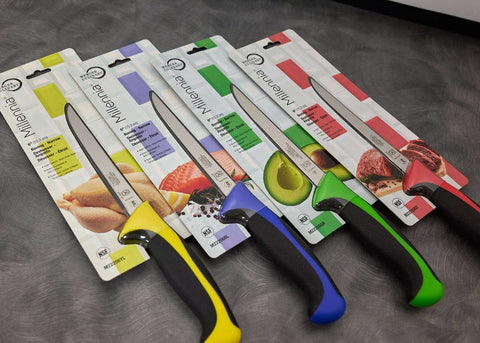
Color-coded kitchen tools are a game-changer for maintaining food safety standards in commercial food service establishments. Business owners benefit from minimized risks, improved workflow, and regulatory compliance, while patrons enjoy heightened safety, allergen awareness, and consistent dining experiences. Discover a wide array of color-coded products at ShopAtDean.com and elevate your food service operation to a new level of efficiency and excellence.
